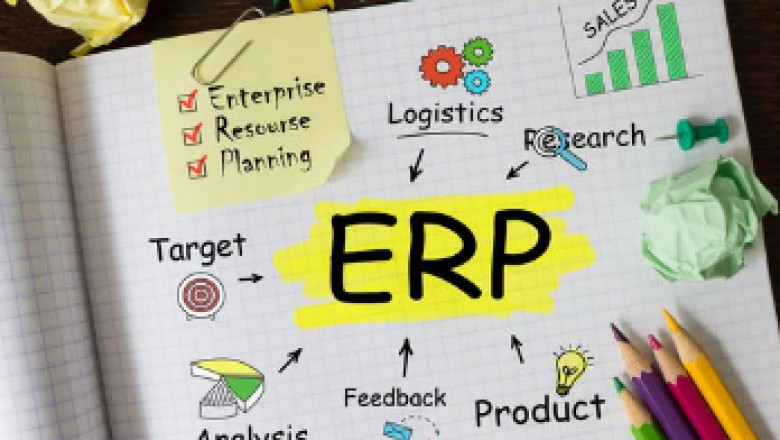views
1️⃣ Start with Clear Goals and Expectations
Before you begin, define what success looks like. Ask:
-
What processes are we streamlining?
-
What data needs to flow between systems?
-
What KPIs are we improving?
📌 Pro Tip: Align these goals with business objectives—like reducing manual work, enabling real-time reporting, or supporting growth.
2️⃣ Choose the Right ERP Integration Partner
Not all ERP systems are created equal, and neither are integration partners.
Look for:
-
A platform that fits your industry needs
-
A certified partner with ERP integration experience
-
References or case studies in similar businesses
📌 Pro Tip: If you’re using SAP, ensure your partner is SAP-certified. At Galvinus, for example, we help clients with end-to-end SAP integration services—tailored to your growth.
3️⃣ Conduct a Thorough System Audit
Before integrating, audit your existing systems:
-
What tools are in use (CRM, inventory, finance)?
-
Where is your data stored?
-
Are there duplicate or outdated data sets?
📌 Pro Tip: Clean your data before migrating. Garbage in = garbage out.
4️⃣ Define Integration Scope and Architecture
Plan the technical architecture:
-
What systems need to be connected?
-
How will data be transferred (real-time, batch)?
-
Will you use middleware or APIs?
📌 Pro Tip: Use standardized connectors where possible to reduce complexity and costs.
5️⃣ Involve Key Stakeholders Early
ERP integration is not just an IT project—it's a business transformation.
Bring in:
-
Department heads
-
End-users
-
IT teams
📌 Pro Tip: Get their input during planning and testing. It will improve adoption and reduce resistance later.
6️⃣ Test Everything Before Going Live
Before rollout, do:
-
Unit testing
-
End-to-end testing
-
User acceptance testing (UAT)
This ensures workflows behave as expected and that users are comfortable.
📌 Pro Tip: Create a sandbox environment to simulate real business scenarios.
7️⃣ Provide User Training and Support
Even the best ERP integration can fail without user adoption.
Deliver:
-
Hands-on training sessions
-
Easy-to-follow manuals
-
Dedicated support channels
📌 Pro Tip: Identify super-users who can champion the ERP system within departments.
8️⃣ Monitor, Optimize, and Scale
Post-integration, monitor KPIs and user feedback.
Ask:
-
Are data flows accurate?
-
Are users able to work efficiently?
-
Are reports and dashboards generating insights?
📌 Pro Tip: Schedule periodic reviews and continuous improvements to keep your ERP aligned with business needs.
🚀 The Bottom Line
ERP integration is not a one-time task—it's a strategic investment in your organization’s future. When done right, it:
-
Breaks down silos
-
Enhances visibility
-
Boosts productivity
-
Supports growth
But getting there requires careful planning, the right tools, and expert guidance.






















Comments
0 comment